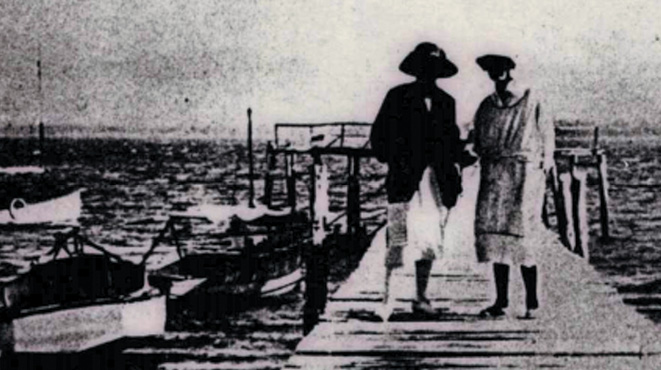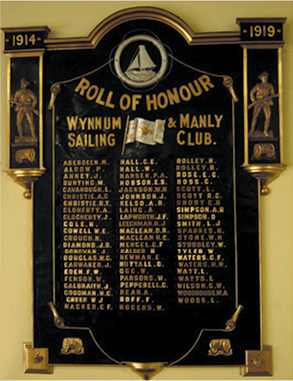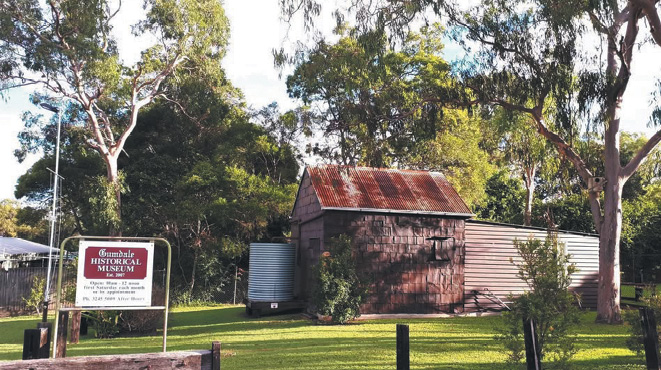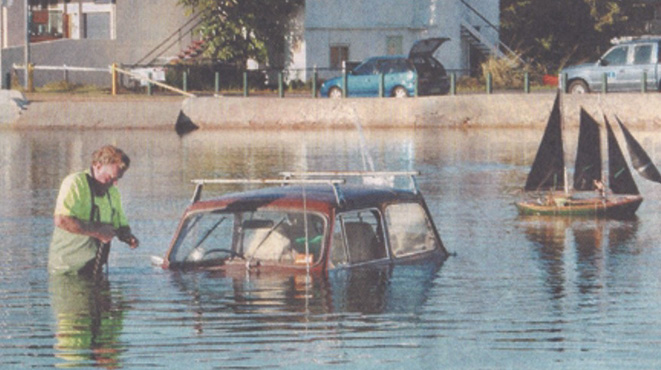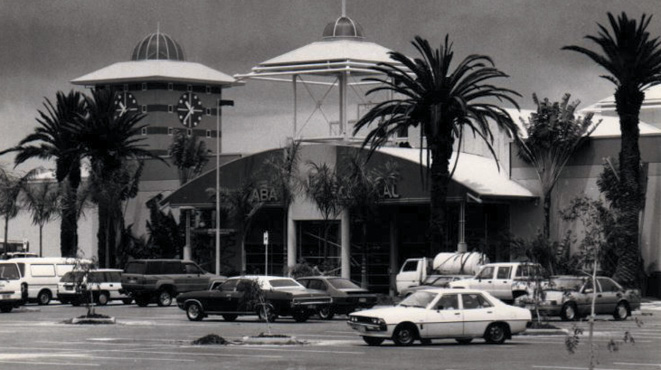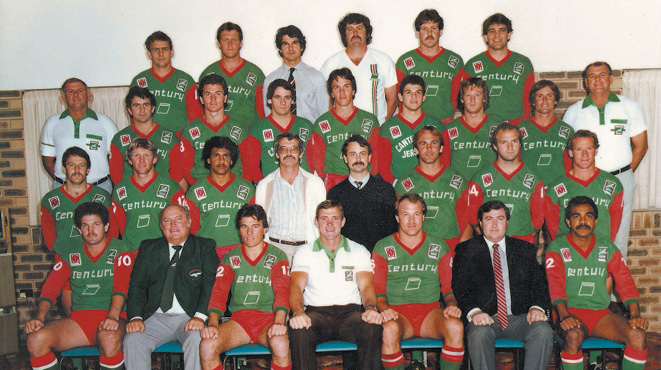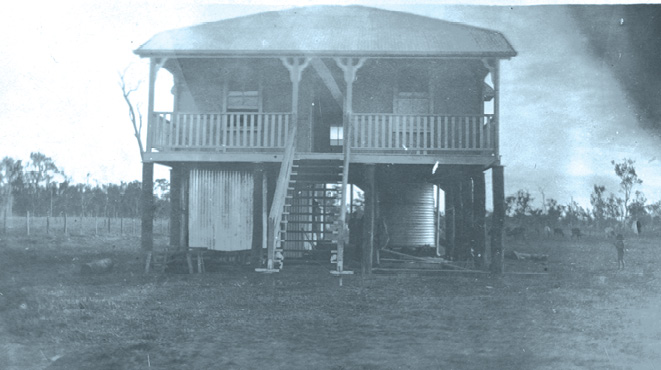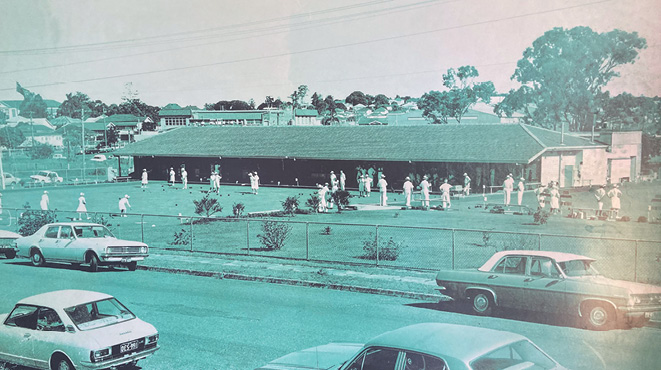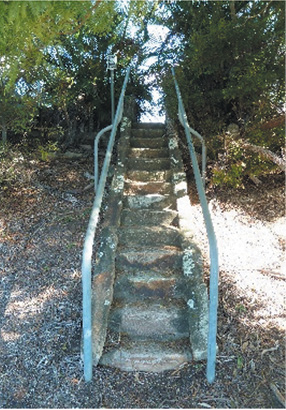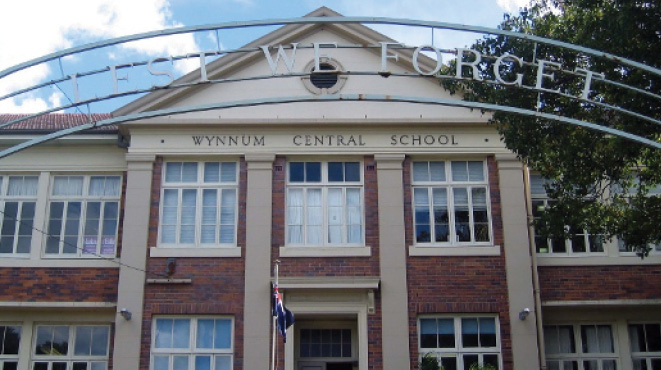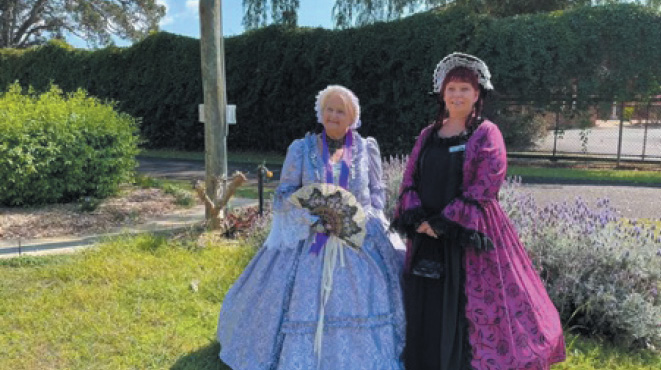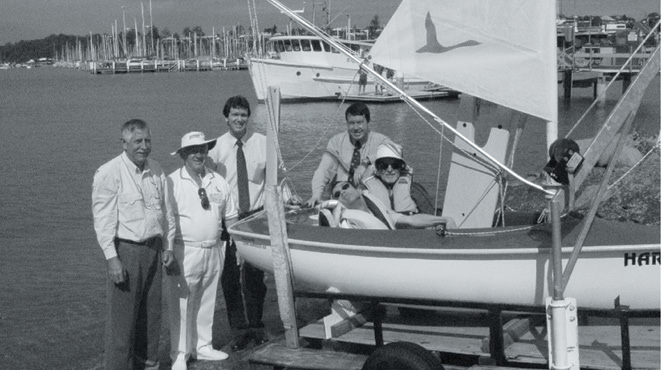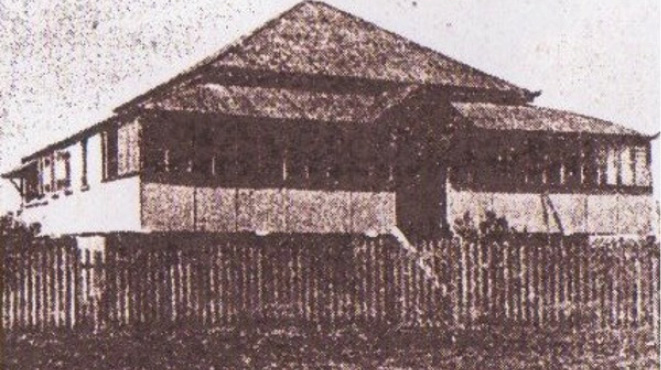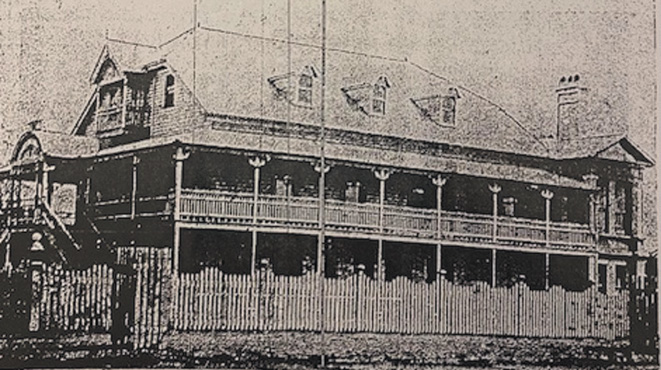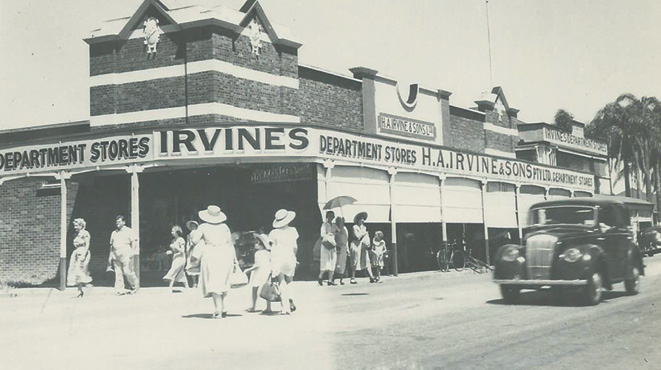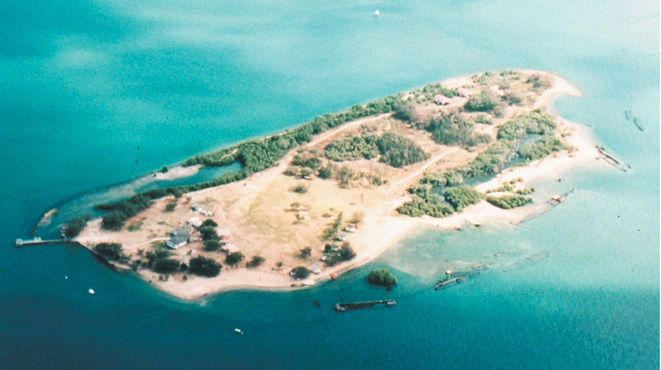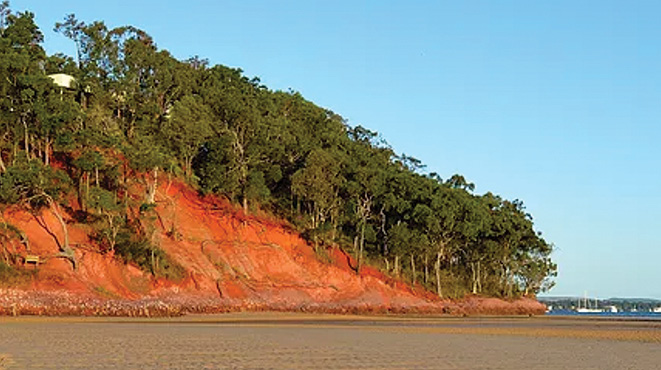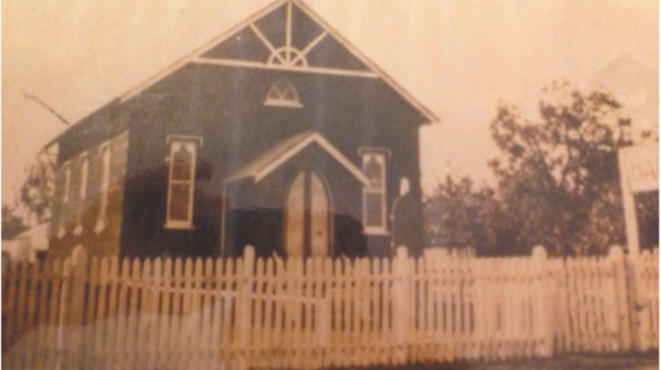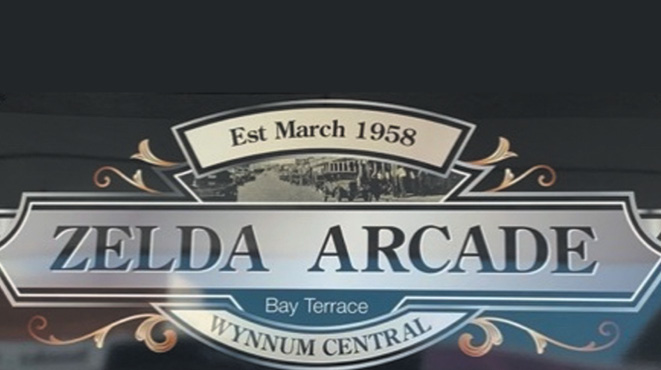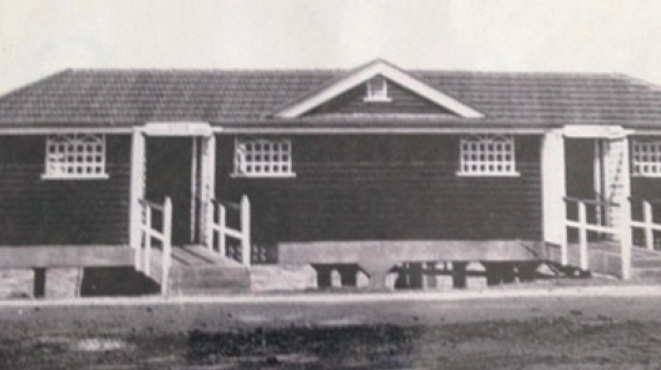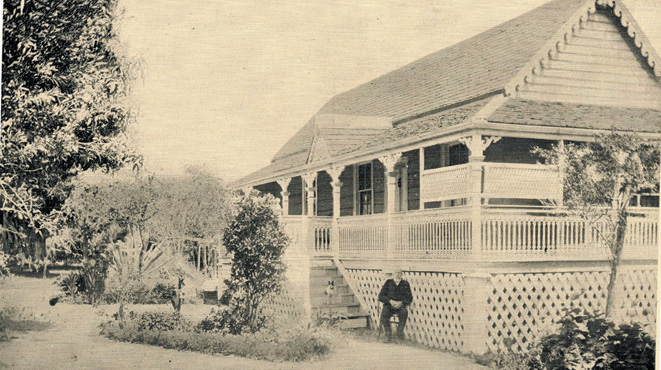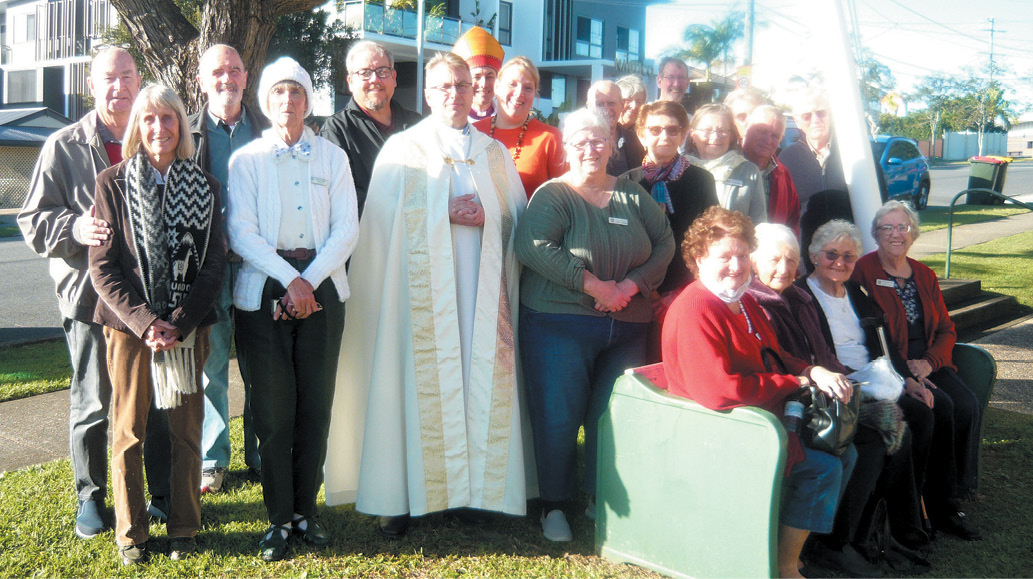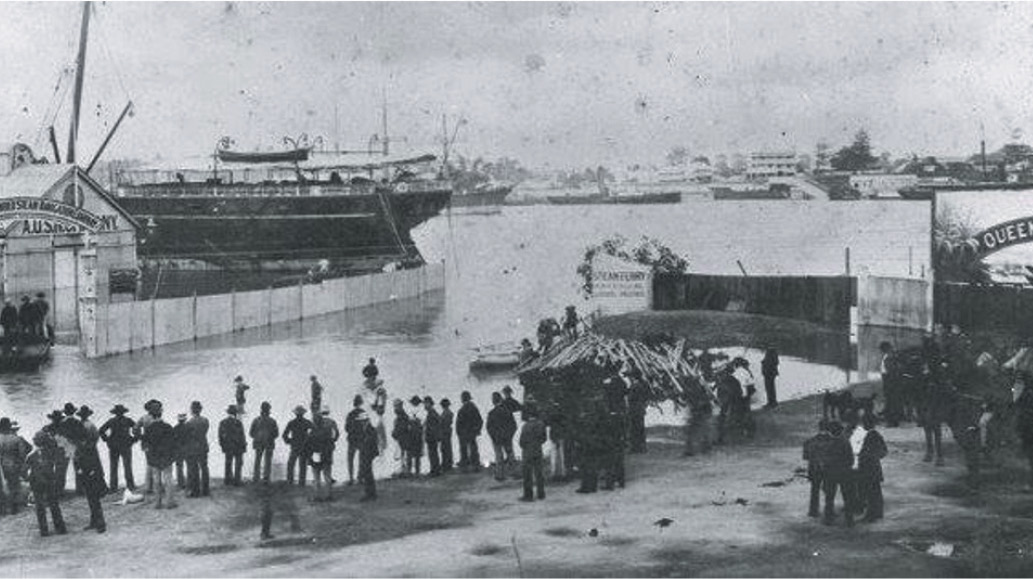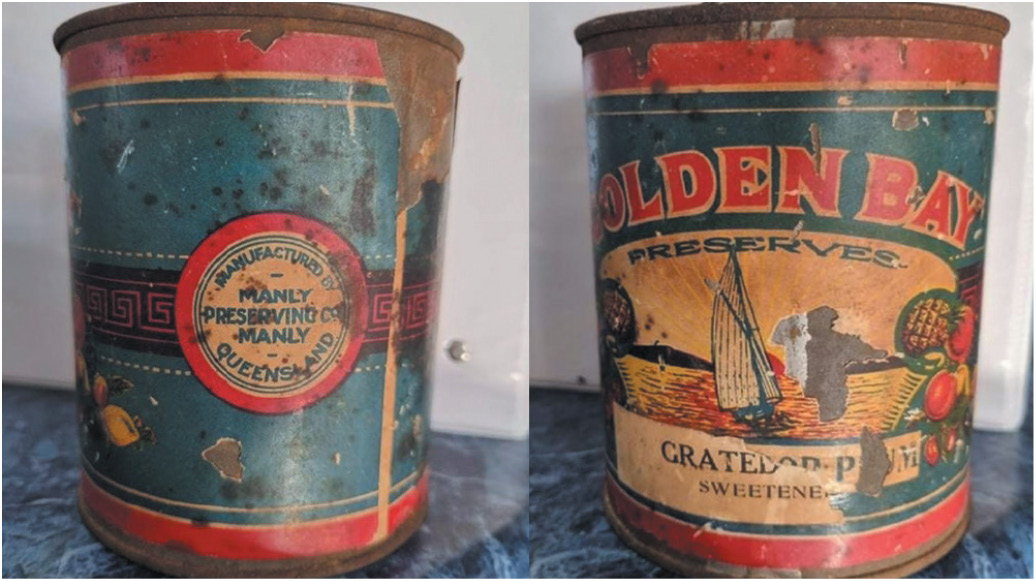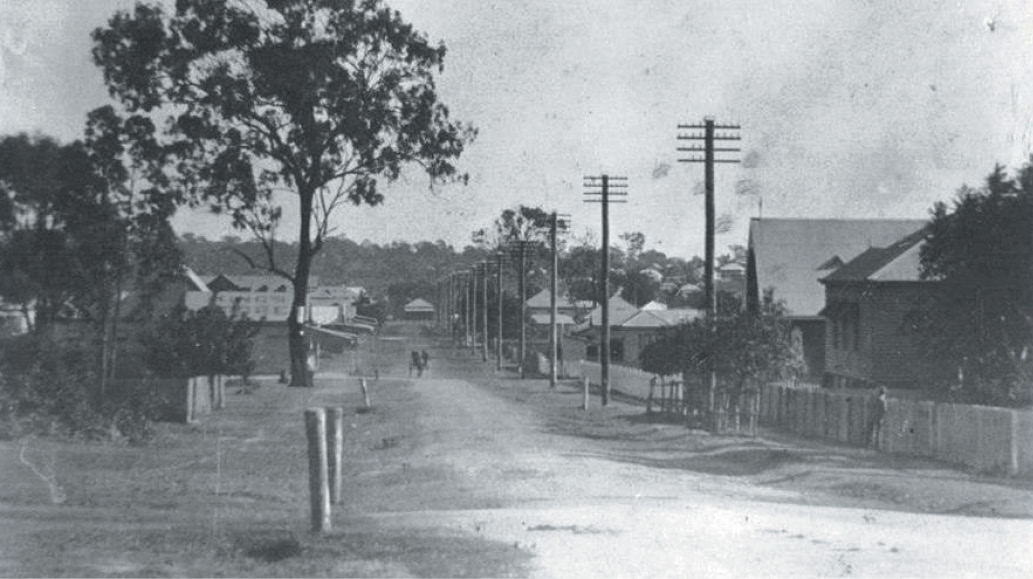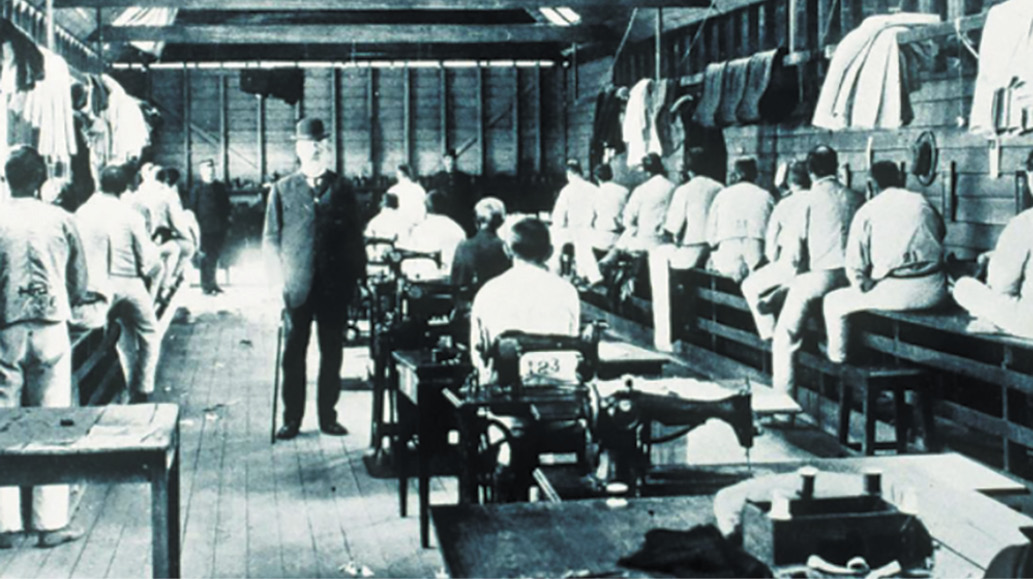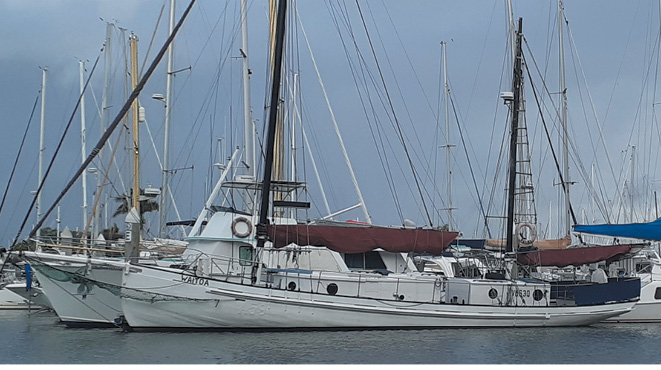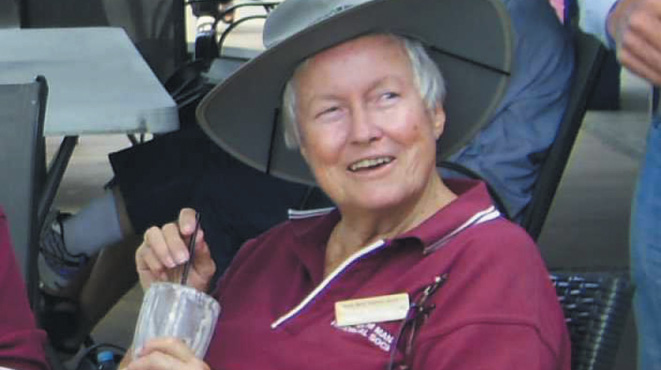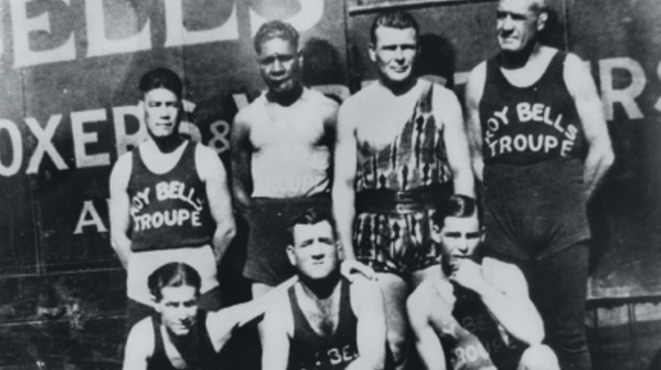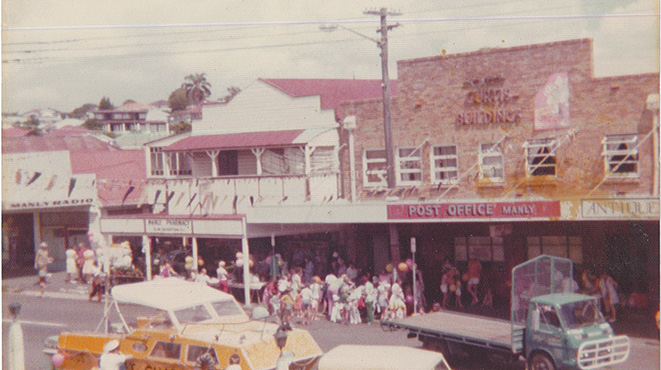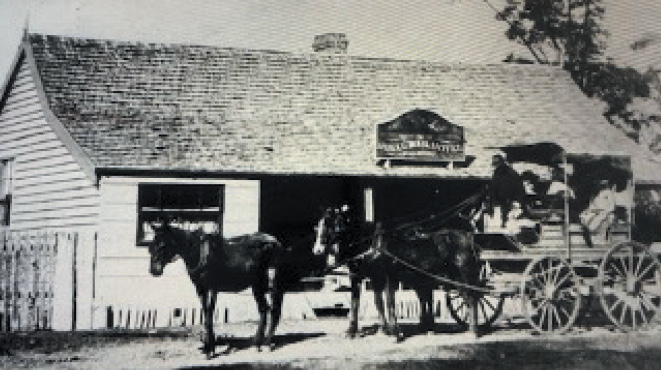Green Island Jetty. Mrs Curtis (right) and friend. Pre 1920s. All photos courtesy of the Wynnum Manly Historical Society Inc.
BY JILL GREENHILL, WYNNUM MANLY HISTORICAL SOCIETY INC.
Just 5km off Wynnum Esplanade lies a low flat wooded coral cay known as Green Island, which is 2km in length and 1km wide.
A coral cay is formed by marine debris, floating plants and then sand, continually catching on a coral reef and slowly building up. These coral cay islands become large enough to support the growth of vegetation, especially mangroves. Mud, St Helena and King Islands formed in the same way. Today these Moreton Bay islands are fringed by coral and close to the southernmost limit of reef building.
Green Island has a northern beach descending to a swampy mangrove area at the southern end of the island.
On July 15 1799 the first European, Lieutenant Matthew Flinders, entered the northern end of a large bay in the Norfolk. He partially mapped and named the bay, “Moreton Bay”. He saw low flat wooded islands and identified them by number. Green Island was No.3, Mud and St Helena being 1 and 2. Flinders did land on No.6 (Coochiemudlo Island). He also experienced the first clash with Aborigines at Point Skirmish on Bribie Island.
The steamer Somerset was anchored off the island in January 1879. In February 1879 Green Island was declared a lazaret and declared off limits. But its quarantine status was rescinded on 10th April 1879.
In 1915, the Wynnum and Manly Sailing Club applied, and gained permission, to clear the scrub at the sandy northern end of the island for the development of a Pleasure Resort. Volunteers did the clearing of the scrub and erected numerous facilities. The development was significant. There was a grandstand. There were barbecues, shelter sheds, bathing boxes, swings, see saws and picnic tables as well as a very long and substantial t-head jetty. A tank was erected for water supply.
The facilities were officially opened on the 9 April 1917 with many people in attendance. About 60 boats participated in the 16-footer race held to commemorate the opening, the race being won by Orchard (C Goodall).
The pilgrimage to the island became an annual event. In 1919 a large garden bed in the shape of the Club’s Crest, was officially opened. Mr Henry Bone, a founding member and the Club’s timekeeper and starter, was the designer and planted the bed. There were novelty races, a fishing competition and a tug-of-war.
The sailing club erected an Honour Board on the island to perpetuate the memory of those members who were involved in WWI.
However by 1921 the sailing club no longer had a controlling interest on the island and the Honour Board was removed to the double-storey band rotunda opposite No.2 jetty on Wynnum Esplanade. When this rotunda was demolished, the board disappeared but in the 1950s was retrieved by members of the Manly Lota RSL and today hangs in their hall, beautifully renovated by Robert Belfield in 2009.
Over the years, thousands of people enjoyed these facilities on Green Island, travelling over by boat from Wynnum and Manly for picnics. But eventually, time, vandalism and the weather took their toll and today no evidence of the Pleasure Resort remains.
In 1923 Richard William Marshall, aged 22 years, took his bride Eileen May, aged 19 years, to live on the northern end of Green Island. They lived in a log cabin, situated up from the beach, behind the jetty, made of trees cut down on the island. The log cabin had one large room and a smaller lean-to at the back. A well was dug and there was a spring.
Mr Marshall had previously worked for the railways on the Brisbane to Sydney line, but during the Depression years work was not available. Hence, he turned to fishing. He took his fish across to Wynnum Fish Market in his 18-ft sailing boat.
Queensland Cement and Lime Company (QCL) was established in 1914 in Darra, originally obtaining limestone from Gore on the Daring Downs. In the early 1930s, QCL built a wharf on the Brisbane River at Oxley for the landing of limestone (coral) from Mud Island. In 1956, official mining leases for the removal of coral from Mud, St Helena and Green Islands, and Wellington, Empire and Cleveland Points were granted by the State Government. These leases were safeguards to protect the ecology and natural environment.
In the early 1990s, there was a need to assess the effects from the mining. Mud Island was ruined. There was no regeneration of the coral due to the depth of the coral removal. Loose dead coral was washed up on the island forming a bund wall. Creeks were blocked. Mangroves were killed. The suggestion was made to place Green and Peel Islands into the Moreton Bay Marine Park to protect their extensive coral reefs.
A reprieve for Green Island came on July 23 1994. QCL deferred its application to dredge coral from the eastern seaward side of Green Island. Then in November 1995 QCL ceased all mining in Moreton Bay with the intention of relocating to Gladstone by 1998. (QCL have returned to Gore on the Darling Downs).

